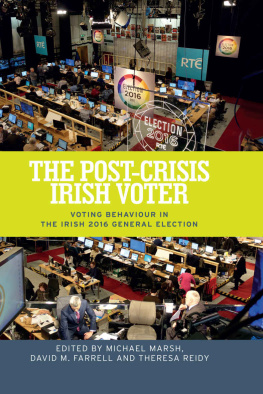AMERICA VOTES!
CHALLENGES TO MODERN ELECTION LAW AND VOTING RIGHTS
THIRD EDITION
BENJAMIN E. GRIFFITH, EDITOR

Cover design by Jill Tedhams/ABA Design
The materials contained herein represent the opinions of the authors and/or the editors, and should not be construed to be the views or opinions of the law firms or companies with whom such persons are in partnership with, associated with, or employed by, nor of the American Bar Association or the SLGL Section unless adopted pursuant to the bylaws of the Association.
Nothing contained in this book is to be considered as the rendering of legal advice for specific cases, and readers are responsible for obtaining such advice from their own legal counsel. This book is intended for educational and informational purposes only.
2016 American Bar Association. All rights reserved.
No part of this publication may be reproduced, stored in a retrieval system, or transmitted in any form or by any means, electronic, mechanical, photocopying, recording, or otherwise, without the prior written permission of the publisher. For permission contact the ABA Copyrights & Contracts Department, .
Library of Congress Cataloging-in-Publication Data
Names: Griffith, Benjamin E., editor. | American Bar Association. Section of State and Local Government Law, sponsoring body.
Title: America votes! : a guide to modern election law and voting rights / edited by Benjamin E. Griffith.
Description: Third edition. | Chicago, IL : American Bar Assocation, 2016. | Includes index.
Identifiers: LCCN 2016009066 | e-ISBN: 978-1-63425-423-6
Subjects: LCSH: Election lawUnited States. | ElectionsUnited States.
Classification: LCC KF4886 .A86 2016 | DDC 342.73/07dc23
LC record available at http://lccn.loc.gov/2016009066
Discounts are available for books ordered in bulk. Special consideration is given to state bars, CLE programs, and other bar-related organizations. Inquire at Book Publishing, ABA Publishing, American Bar Association, 321 N. Clark Street, Chicago, Illinois 60654-7598.
www.ShopABA.org
Summary of Contents

C HAPTER 1
The Work and Responsibilities of the Federal Election Commission
ANN M. RAVEL
C HAPTER 2
The Election Advisory Commissions Responsibilities for Enforcing or Interpreting Federal Election Law
DOUG CHAPIN
C HAPTER 3
Language Assistance to Voters
TERRY AO MINNIS
C HAPTER 4
Using Census Data Sources to Prove Citizenship in Voting Rights Litigation
C. ROBERT HEATH
C HAPTER 5
The Administrative Challenges for Recounts, Contests, and Post-Election Audits
RACHEL PROVENCHER AND JOHN HARDIN YOUNG
C HAPTER 6
Early Voting
PAUL GRONKE AND JACOB CANTER
C HAPTER 7
Quick and Dirty: The New Misreading of the Voting Rights Act
JUSTIN LEVITT
C HAPTER 8
Section 3 Bail-in
PAUL M. WILEY
C HAPTER 9
The Voter Fraud Myth
LORRAINE C. MINNITE
C HAPTER 10
Voter ID as a Form of Voter Suppression
NICOLE AUSTIN-HILLERY
C HAPTER 11
Voter Suppression Litigation
TANYA CLAY HOUSE AND MARCIA JOHNSON-BLANCO
C HAPTER 12
The Impact of Voter Suppression Tactics on Participation and Mobilization of Marginalized Voters
TOVA WANG
C HAPTER 13
Immigration, Voting Rights, and Electoral Access
NANCY G. ABUDU
C HAPTER 14
Felons, Fraud, Redistrictingand Race
ROGER CLEGG
C HAPTER 15
Partisan Politics, Corporate Districts, and the Voting Rights Act
DONALD CAMPBELL
C HAPTER 16
Finding Middle Ground for State Legislative Reapportionment
TOMMIE S. CARDIN AND B. PARKER BERRY
C HAPTER 17
Nuts and Bolts of Section 2 Vote Dilution Litigation from the Defense Perspective
VINCENT R. FONTANA AND BENJAMIN E. GRIFFITH
Contents

PART ONE
Electoral Administration and Technology: The New Challenges
C HAPTER 1
The Work and Responsibilities of the Federal Election Commission
ANN M. RAVEL
C HAPTER 2
The Election Advisory Commissions Responsibilities for Enforcing or Interpreting Federal Election Law
DOUG CHAPIN
C HAPTER 3
Language Assistance to Voters
TERRY AO MINNIS
C HAPTER 4
Using Census Data Sources to Prove Citizenship in Voting Rights Litigation
C. ROBERT HEATH
C HAPTER 5
The Administrative Challenges for Recounts, Contests, and Post-Election Audits
RACHEL PROVENCHER
JOHN HARDIN YOUNG
PART TWO
Challenges for Voting Rights
C HAPTER 6
Early Voting
PAUL GRONKE
JACOB CANTER
C HAPTER 7
Quick and Dirty: The New Misreading of the Voting Rights Act
JUSTIN LEVITT
C HAPTER 8
Section 3 Bail-in
PAUL M. WILEY
C HAPTER 9
The Voter Fraud Myth
LORRAINE C. MINNITE
C HAPTER 10
Voter ID as a Form of Voter Suppression
NICOLE AUSTIN-HILLERY
C HAPTER 11
Voter Suppression Litigation
TANYA CLAY HOUSE
MARCIA JOHNSON-BLANCO
C HAPTER 12
The Impact of Voter Suppression Tactics on Participation and Mobilization of Marginalized Voters
TOVA WANG
C HAPTER 13
Immigration, Voting Rights, and Electoral Access
NANCY G. ABUDU
C HAPTER 14
Felons, Fraud, Redistrictingand Race
ROGER CLEGG
PART THREE
The Challenges of one Person, one Vote in Redistricting
C HAPTER 15
Partisan Politics, Corporate Districts, and the Voting Rights Act
DONALD CAMPBELL
C HAPTER 16
Finding Middle Ground for State Legislative Reapportionment
TOMMIE S. CARDIN
B. PARKER BERRY
C HAPTER 17
Nuts and Bolts of Section 2 Vote Dilution Litigation from the Defense Perspective
VINCENT R. FONTANA
BENJAMIN E. GRIFFITH
Foreword

JEAN-PIERRE KINGSLEY
The essays in this work, written by eminent experts in their field, speak volumes to the complexity of the federal electoral system in the United States and how that system is inextricably bound in its courts, often resulting in an uncomfortable relationship between the political world and the judiciary. These essays are equally accessible to non-Americans interested in gaining a more profound understanding of the first electoral system in an established democracy devised for the people.
To Canadian eyes, these essays definitely bring home the point that a major difference between Canadians and Americans is how we live our electoral systems and our political processes. This may be explained in part by the fact that Canada has a (British) parliamentary system, and the United States a presidential one. Our historical trajectories differ significantly as well, the American Civil War being but one example, and the American Revolution another.
There are obviously similarities; however, it is more to the point to dwell on major differences. It may be useful to set the stage by providing a brief overview of the Canadian electoral system. The Office of the Chief Electoral Officer (CEO) of Canada is an independent nonpartisan agency (in effect, a one-person commission) established in law in 1920, reporting directly to Parliament. The CEO is elected by the House of Commons (all six were elected unanimously) and, like all judges in Canada, can only be removed upon a majority vote in both the House of Commons and the Senate (an appointed body).

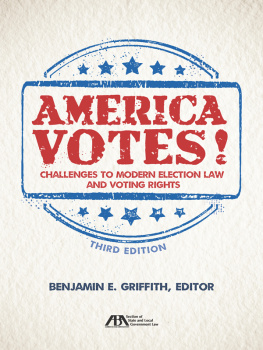
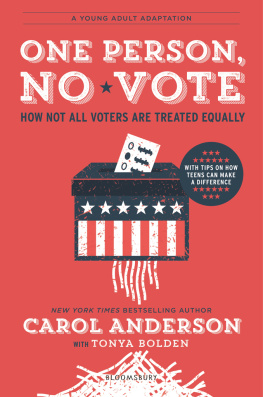
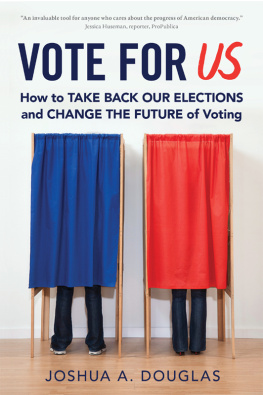
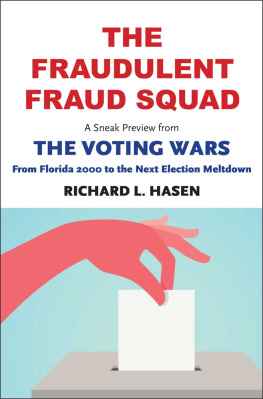



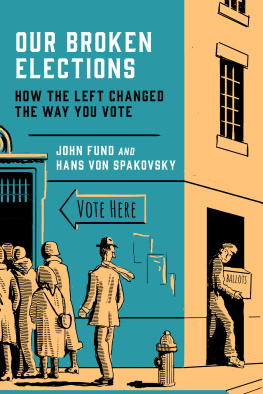
![T. H. Logwood - Voter Fraud and the 2020 Presidential Election; “Joe Biden wins by a Miraculous Landslide” [with appendices]](/uploads/posts/book/259666/thumbs/t-h-logwood-voter-fraud-and-the-2020.jpg)
